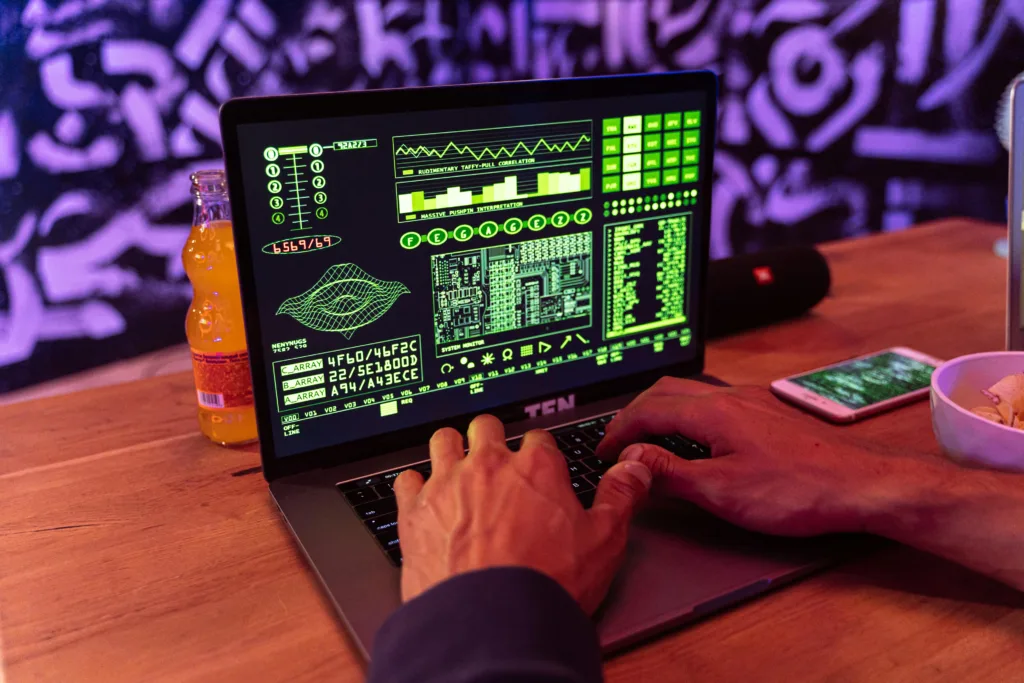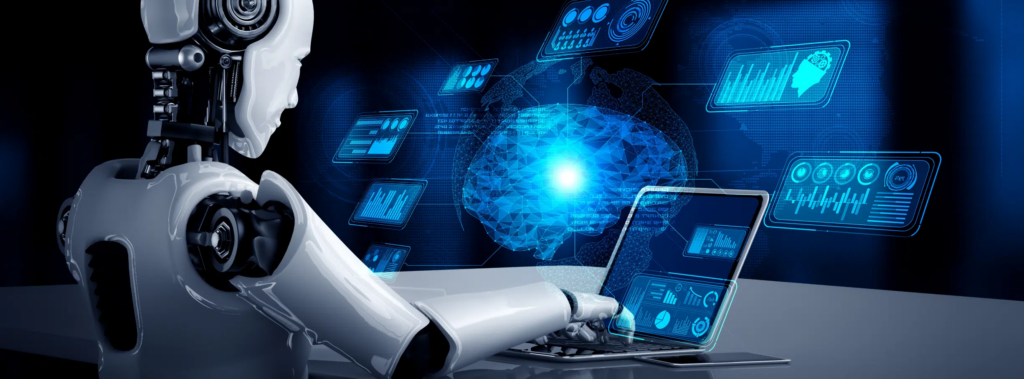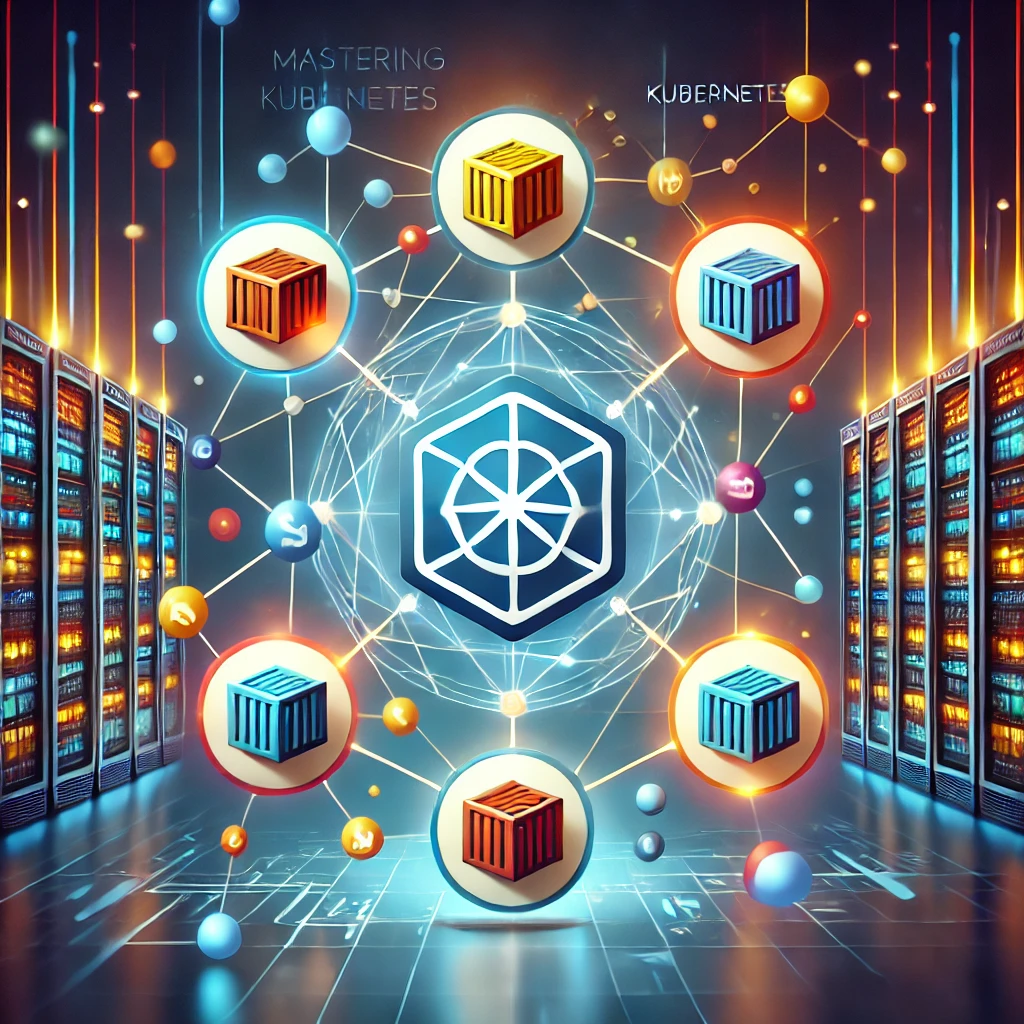Kubernetes, the open-source platform for managing containerized workloads and services, has become the go-to for orchestrating large-scale applications. However, managing a Kubernetes cluster can be complex, and troubleshooting issues such as node failures, resource bottlenecks, and application crashes can be daunting. This is where AI tools come into play, offering automated solutions to identify, diagnose, and resolve problems efficiently.
Here’s a guide on how to leverage AI to troubleshoot your Kubernetes cluster.
1. Automated Log Analysis

Logs are crucial for identifying issues in a Kubernetes cluster. Manually sifting through logs can be tedious and time-consuming, but AI-driven log analysis tools make this process much easier.
- ELK Stack with AI Enhancements: ElasticSearch, Logstash, and Kibana (ELK) is a popular stack for log aggregation and visualization. By integrating AI, like machine learning anomaly detection in ElasticSearch, you can automate the detection of abnormal patterns, making it easier to pinpoint errors that might otherwise go unnoticed.
- Prometheus and Grafana with AI Extensions: Prometheus collects metrics from Kubernetes nodes and applications, while Grafana provides visualization. With AI-powered plugins, you can automate the analysis of time-series data, detect anomalies, and receive alerts when performance deviates from the norm.
2. AI-Based Monitoring and Alerting

Monitoring a Kubernetes cluster involves tracking CPU, memory, disk usage, and network traffic. AI-powered monitoring solutions enhance this by predicting failures before they happen.
- Datadog AI Monitoring: Datadog integrates AI to identify patterns and anomalies in Kubernetes performance metrics. It can predict when a node will run out of resources or when an application will crash, allowing preemptive action.
- Opsani for Performance Optimization: Opsani uses machine learning to optimize resource allocation for Kubernetes workloads. It continuously adjusts CPU and memory limits to improve performance, ensuring efficient scaling and reducing resource wastage.
3. AI-Powered Root Cause Analysis

When something goes wrong in a Kubernetes cluster, identifying the root cause can be challenging due to the highly dynamic and distributed nature of the platform. AI can accelerate root cause analysis by correlating events and identifying dependencies between components.
- AI in AIOps Platforms: AIOps (Artificial Intelligence for IT Operations) platforms, such as Moogsoft and Dynatrace, utilize AI to correlate logs, events, and metrics. These tools analyze massive amounts of data to pinpoint the exact cause of failures in a Kubernetes environment, reducing the time needed to find and fix issues.
4. Predictive Maintenance

Predictive maintenance involves using AI to predict when components of your Kubernetes cluster are likely to fail. This is done by analyzing historical data and identifying patterns that typically precede a failure.
- Google Cloud AI for Kubernetes: Google Cloud’s AI solutions for Kubernetes offer predictive insights. Using machine learning algorithms, it analyzes historical data from clusters to predict node failures, disk issues, or service disruptions. This allows you to proactively replace or repair resources before they affect your applications.
- IBM Watson for Predictive Alerts: IBM’s AI-powered Watson AIOps provides predictive alerts for Kubernetes clusters, forecasting potential disruptions and offering recommendations for preventive action.
5. Self-Healing Clusters

One of the most promising applications of AI in Kubernetes management is the development of self-healing clusters. These systems can detect and automatically resolve issues without human intervention.
- Kubernetes Operators with AI: Kubernetes Operators are extensions that automate application management tasks. AI-enhanced operators can monitor application health, auto-restart failed containers, reschedule workloads on healthier nodes, and manage resource provisioning, minimizing downtime without human input.
- AI-Powered Auto-Scaling: Tools like KubeFlow leverage AI to automatically scale applications up or down based on demand. Instead of relying on static thresholds, AI models predict the required resources based on past usage patterns, ensuring that your cluster always runs efficiently.
6. AI in Security and Compliance

AI can also help secure Kubernetes clusters by detecting and responding to security threats. AI tools for security monitoring analyze traffic patterns, detect vulnerabilities, and monitor for compliance violations.
- Falco with AI for Intrusion Detection: Falco is an open-source Kubernetes threat detection engine. When integrated with AI models, it becomes more powerful at detecting unusual patterns that might indicate a security breach, such as unexpected system calls or unauthorized access attempts.
- AI for Kubernetes Policy Management: Tools like K8sGuard use machine learning to monitor Kubernetes configurations and policies, ensuring that security best practices are always enforced. They can detect configuration drift and alert teams to potential security gaps, helping maintain compliance in dynamic environments.
7. AI-Driven Automation in Incident Response

Incident response in Kubernetes typically involves human intervention to resolve issues like failed deployments, pod evictions, or network congestion. AI-driven automation can drastically reduce response times by automating common incident responses.
- PagerDuty with AI Response Automation: PagerDuty’s AI-driven incident response tool automates the diagnosis and resolution of Kubernetes incidents. It learns from past incidents to suggest the best course of action, automatically resolving repeat issues like pod failures or resource exhaustion.
- AI-Enhanced Playbooks: AI can improve the efficiency of incident management playbooks by dynamically generating steps based on current data. For instance, if a pod crashes, the AI could recommend the steps to debug, restart, and monitor the pod, reducing downtime.
Conclusion
The complexity of Kubernetes can make troubleshooting a time-consuming and difficult process, but AI tools are transforming the way DevOps teams manage their clusters. By automating log analysis, predictive maintenance, performance optimization, and security monitoring, AI can significantly reduce the time spent on manual troubleshooting and improve the overall stability and efficiency of your Kubernetes environment. As AI continues to evolve, its role in Kubernetes management is only set to grow, making clusters more resilient and easier to operate.




